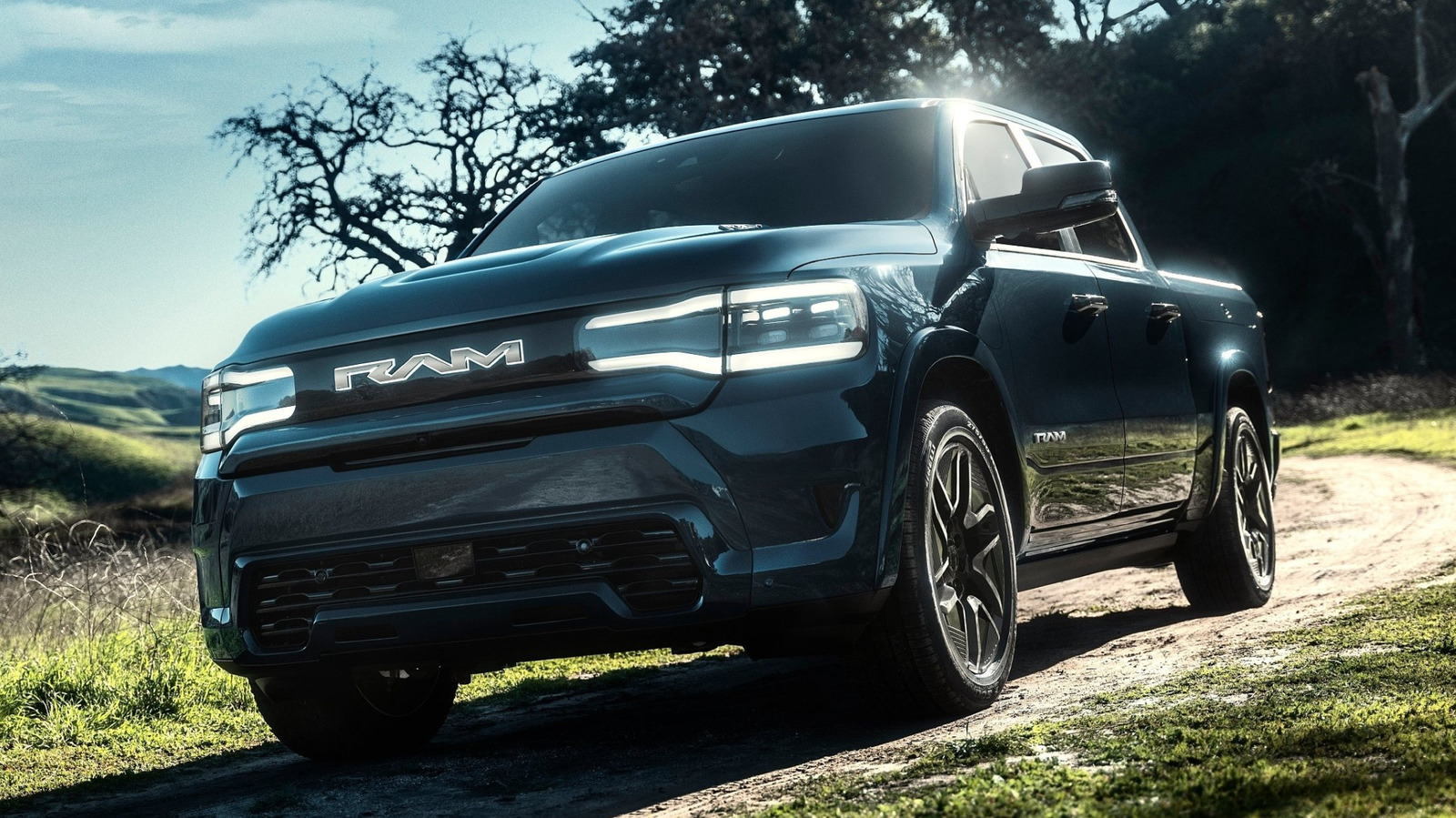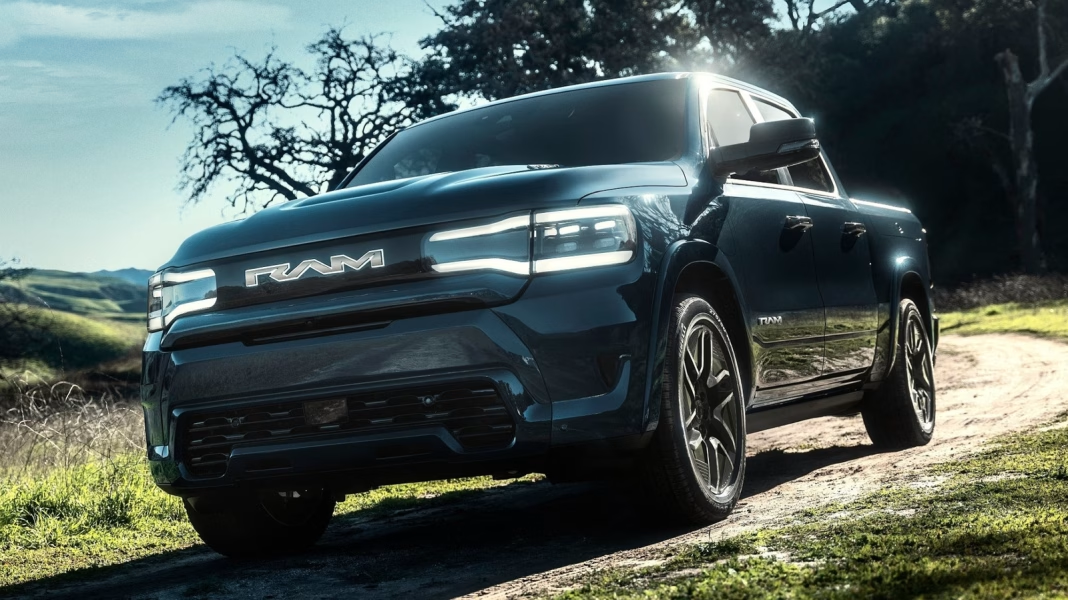Why Did Stellantis Pull the Plug on Its Electric Truck in the US?
If you’ve been following the electric vehicle (EV) market, you might have noticed a few eyebrow-raising moves lately. One of the most surprising? Stellantis, the parent company behind Ram, quietly backing out of its much-anticipated electric pickup for the American market. On paper, it seemed like a slam dunk—Americans love trucks, and the EV wave is only growing. So what happened?
What Signals Did Stellantis Send Before Canceling the Ram 1500 REV?
It’s easy to look back and spot the warning signs. Stellantis had been unusually quiet about the Ram 1500 REV’s rollout, especially compared to the fanfare surrounding competitors like Ford’s F-150 Lightning or GM’s Silverado EV. Industry insiders noted delays in production timelines and a lack of concrete updates. Meanwhile, Stellantis executives hinted at “re-evaluating” their EV strategy during investor calls, citing shifting market dynamics and consumer demand. In hindsight, these were clear signals that all wasn’t well behind the scenes.
How Did Market Conditions Influence Stellantis’ Decision?
Let’s be real: the EV market is a moving target, especially for trucks. While early adopters have flocked to electric pickups, mainstream buyers remain cautious. According to a 2023 Pew Research Center study, only about 7% of Americans currently own an EV, and many cite concerns about range, charging infrastructure, and upfront costs. Truck buyers, in particular, tend to be loyal to gas-powered engines, valuing towing capacity and long-haul reliability over cutting-edge tech.
Stellantis likely saw the writing on the wall. With Ford and GM already grappling with slower-than-expected EV truck sales and inventory piling up, launching a new electric pickup into this environment looked risky. The company’s leadership probably decided to cut their losses before the Ram 1500 REV could become another slow mover on dealer lots.
What Does This Mean for the Future of Electric Pickups in America?
The Ram 1500 REV’s cancellation doesn’t spell doom for electric trucks, but it does signal a reality check. Automakers are learning that building a successful EV isn’t just about slapping a battery into a popular model. It’s about understanding what buyers actually want—and when they’re ready to make the leap.
We’re seeing a shift toward plug-in hybrids and extended-range options, especially for larger vehicles. Stellantis itself has doubled down on hybrid technology for its upcoming models, betting that a gradual transition will win over skeptical truck owners. Meanwhile, Ford and GM are tweaking their EV strategies, focusing on improving range and reducing costs rather than chasing headlines.
Are There Lessons for Consumers and the Industry?
Absolutely. For consumers, the big lesson is to watch the market carefully. Just because a flashy new model is announced doesn’t mean it’ll make it to your local dealership. For automakers, it’s a reminder that timing and customer trust matter as much as innovation. Rushing to market without a clear demand can backfire—sometimes spectacularly.
The Big Takeaway
Electric trucks aren’t about perfection—they’re about smarter adjustments. Start with one change this week, and you’ll likely spot the difference by month’s end. Whether you’re a buyer or an industry insider, staying flexible and tuned in to real-world needs is the surest way to navigate the evolving landscape of electric vehicles.


